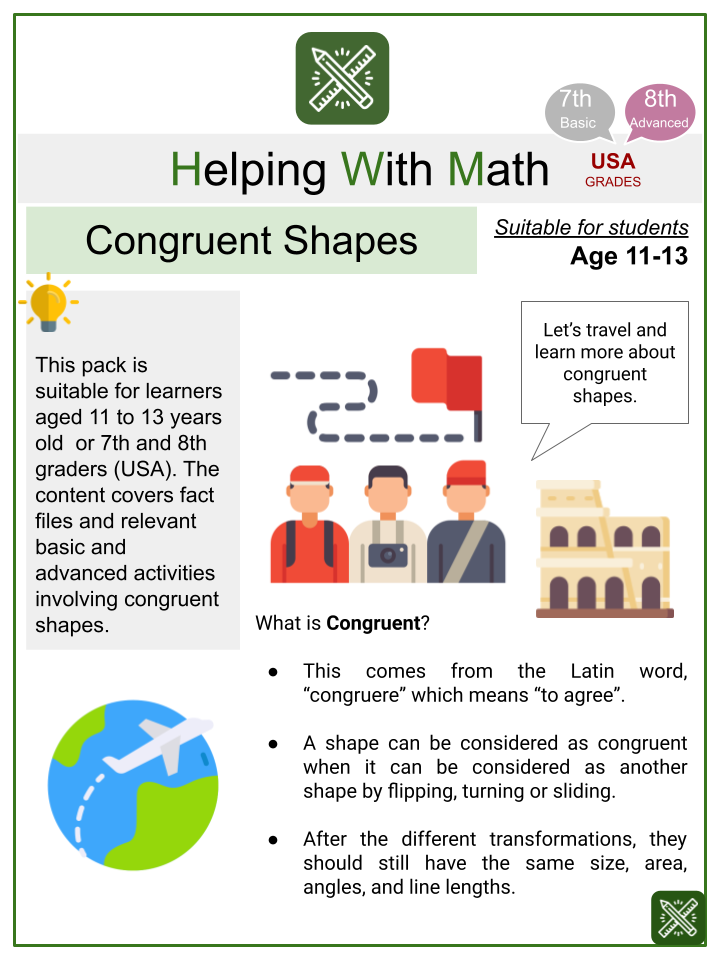

Opposition to the extension of the right to vote in political elections to women the political movement dedicated to this.Ī proprietary name for an orange-coloured Italian aperitif flavoured with gentian, rhubarb, and a variety of herbs and roots.Īpril Fool’s Day (1 April), a day on which tricks or hoaxes are traditionally perpetrated List of 100 new English words and meaningsĮnglish-speaking countries considered collectively (the United Kingdom, the United States, Canada, Australia, and New Zealand, and Ireland). But, when a word is added to the dictionary as an official English word, you can also use it in written form, for example in your IELTS Writing test. However, you don’t use slang in formal written work. You can also come across it in SMS or social media.

Slang is very informal language or specific words used by a group of people. Usually you’ll hear slang in spoken language.

Sometimes even slang, like LOL, makes it into dictionaries as a new English word.
#Another word for content covered update
For instance, the latest update of the Oxford English Dictionary added new English words like banana bread, LOL and plant-based. Dentists might use the new word ' amelogenesis ' which means “the formation of tooth enamel by ameloblasts.”

For example, some new words are very specific to a particular occupation. So, that doesn’t mean that all the new words in English are widely used in everyday life. The more people use it, the more likely it will be noticed by dictionary editors, or lexicographers, like the people who work at dictionaries like Merriam-Webster or the Oxford English Dictionary. One person uses a word, then others pick it up. New words are used in conversation first. Which perhaps makes Hamlet the world’s very first emerging adult.A new English word enters a dictionary when it is used by many people and all these people agree that it means the same thing. In the first scene of Act Five, the gravedigger explains that he started digging graves “that very day that young Hamlet was borne.” He then clarifies, “I have bin Sexton here … thirty yeeres.” Unsurprisingly, the inspiration for such lishniy cheloveki was the melancholy Dane himself, Prince Hamlet, who, despite his quintessential moodiness, penchant for idle philosophizing, and emotionally stunted sexuality, is really not an adolescent by any modern definition of the word. These cynical antiheroes despised the world as vapid and wicked, recklessly gambling and dueling their lives away. How else could they understand the “star-cross’d love” of Romeo and Juliet? Or the unrequited love and suicide of Goethe’s young Werther? In 19th-century Russia, a figure known as the lishniy chelovek, or “superfluous man” became epitomized in figures like Eugene Onegin and Grigory Pechorin. In fact, a cursory glance at early modern literature amply shows that, even if there was no consistent definition for it, people were fully aware of what adolescence amounts to. What’s more difficult to prove, though, is that we know more about this phase of life in general. With the enormous growth of Internet usage and personal information therefrom, big data probably ‘knows’ even more about the members of these demographics than we can begin to imagine. This isn’t to suggest that we don’t know more about the tweens, teens, and twentysomethings of today than demographers and statisticians knew about young people in the past. Fewer are buying houses and baby clothes they buy iPads and Chipotle instead. From such a perspective, then, it’s not hard to see “emerging adult” as just another way to summarize the changing consumption habits of people in their twenties.


 0 kommentar(er)
0 kommentar(er)
